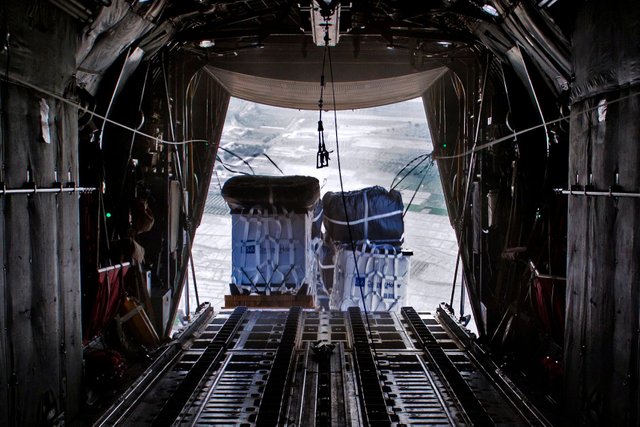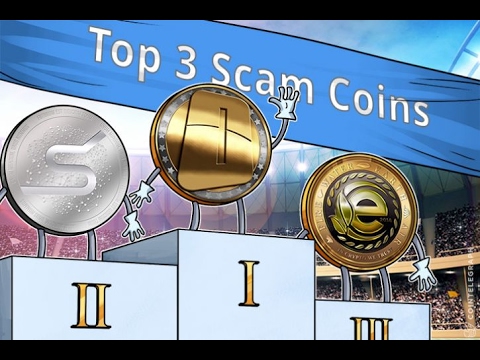Why do airdrops exist? Are they really free?

Since joining Twitter I've come across many people who believe that airdrops are inherently a scam, as if projects don't give away tokens of yet-to-become-existent coins, ICO projects and new ERC20's. To put it simply: they do, and I'll try explain why.

Technically, they're not free
Airdrop participants are the marketing campaign. It's true that nothing comes for free, whether it be the labour of having to supply an email address alongside an Ethereum address to receive your coins, there is still a set price.
Usually, this is at minimum by a retweet, or joining their Telegram and Discord groups, posting on Facebook (even Steemit!), or signing upto a website.
Other times it can be a lot more, such as regular retweeting, referrals and forum activity - these are however usually referred to as bounty campaigns.
This means it's not free, you're becoming a part of their marketing campaign. Just as it's far from free for the project either. This is a brief explanation of how and why airdrops work.

Airdrops as marketing campaigns
So you've got a new project, you think it's pretty good, or that at least it's got legs, and you want to give it a shot. Question is: how are you going to get supporters for cheap?
Marketing costs these days are set quite high when it comes to social media networking, given the number of popular platforms that exist these days, as well as "expertise" required to perform an effective marketing campaign.
While doing it yourself is completely possible, it'll consume a lot of time that can be better put towards development as well as core-marketing necessities such as graphics designs - yeh that old trick! What better than an airdrop that will only cost you part of the supply?

Costs of airdrops: Sacrificing supply
By sacrificing 10-20% of token supply, a project can get off the ground on the required platforms such as Twitter and Telegram, to reach thousands of supporters in a decntralized manner that it would otherwise not achieve. Sounds great doesn't it?
But note how for this marketing campaign there is a cost, in this example it's 10-20% of the supply. Another project with more idealistic concepts of decentralized supply, it's 70%. The relevance here is that the project is not getting a free marketing campaign, just as airdrop participants aren't getting free coins, but instead it's a quasi exchange of labour.

But what happens if the project fails?
Everyone losses out. The airdropped coins become worthless, or never exist in the first place. The project is pocket less, as supply dedicated towards development aren't a good enough incentive for the in-house developers, or to attract independent ones.
When the graphics designers as core-marketers loose interest, you know it's dead!
So while some airdrop campaigns will receive million-dollar investments, others will be a waste of time. This depends on how selective you are when it comes to subscribing.

If it's a scam, where do the donations go?
Unsurprisingly twitter as well as other platforms are littered with fake signups, mainly fake twitters promising to dish out free tokens from upcoming ICO's. Others are merely good-sounding projects with no intention of developing into anything else. Why?
Donations. Notice how nearly all airdrop signups these days request or suggest a donation for the project. While the reasoning is definitely good, gas costs - the transaction costs of an airdrop over the Ethereum network - this doesn't always mean that's where it goes.
This is also a reminder that airdrops don't actually happen for free either, ERC20 tokens cost gas to transact. So without someone donating these costs - supporters or developers - they simply won't happen. This doesn't mean you should donate if you don't want to however!

What about the copycoins and scamcoins?
Funilly enough, in the long-term there's undoubtedly more money to be made from launching copycoins or even straight up scamcoins. Even from a well retweeted scamdrop (scam airdrop), the hundreds of dollars made from this is nothing compared to the thousands, even millions, your scamcoin could be worth if launched.
Personally, I've recently taken to mainly signing upto "verified airdrops", those with the correct twitter coming from an established website, with the odd exception of a good-sounding copycoin. These can go up 20-50x in value just based on the name.
Being a part of marketing campaign for one of a new ICO. SAT tokens.
Register here for 50 free ICO tokens. SAT is another decentralized, blockchain based social media platform.
https://sphere.social/?ref_code=nswbawar4hfe
Sign-up if interested.